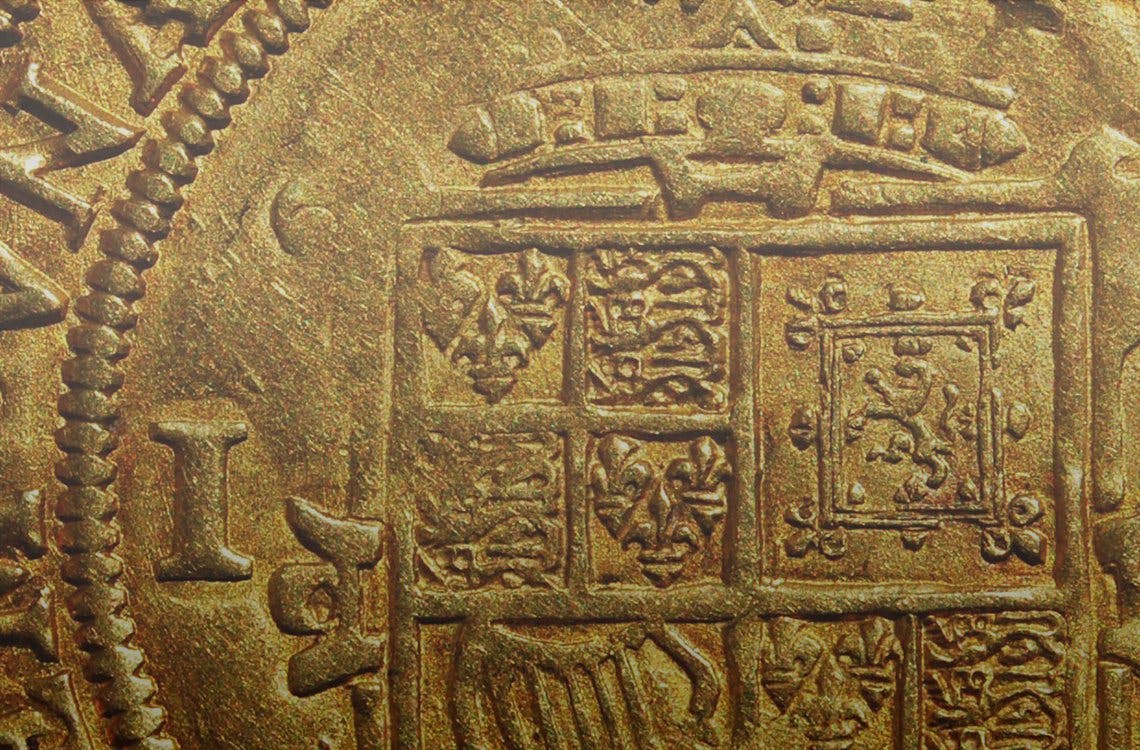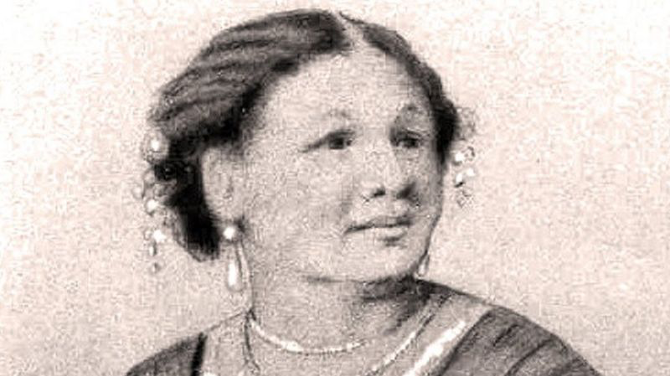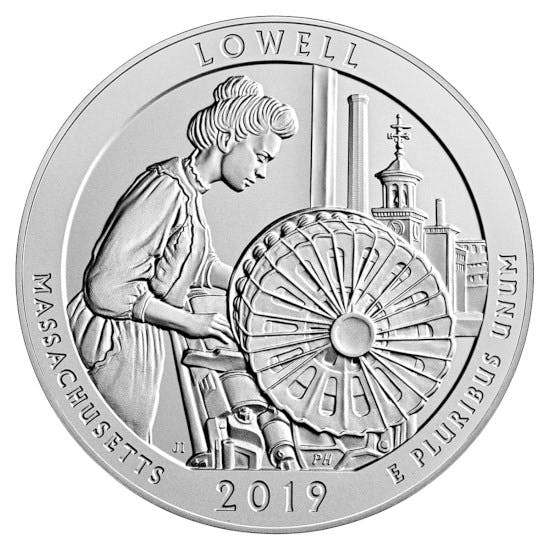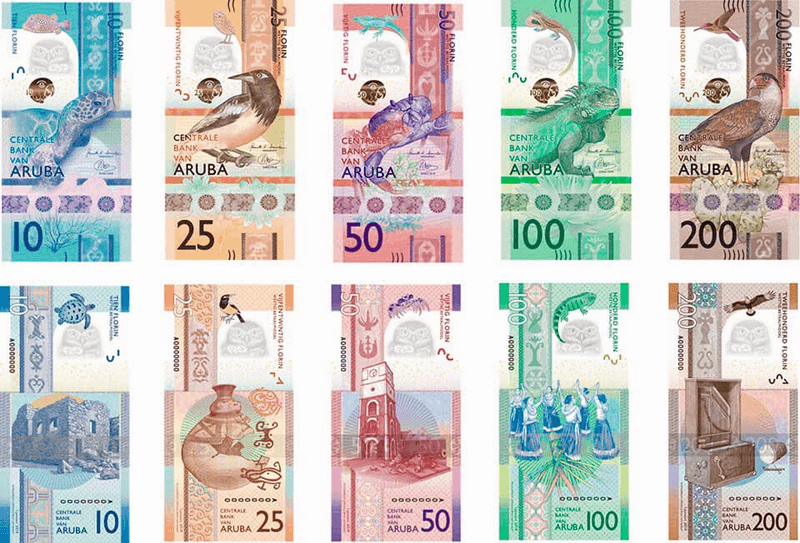
Could a rare 17th century coin make us fall in love with cash again?
A rare 17th century gold coin, known as the Spur Ryal, has hit the UK headlines this week ahead of going on sale for over GBP£160,000 (USD$210,000) on Tuesday the 11th of August. By Wednesday morning it had been sold.
The coin, which was produced during King James I reign (1567-1625), is understood to be one of only 20 in existence. Most notably though, the “extremely limited” coin has caught the attention of coin collectors and the general public alike due to its manifestation of a historic period in time.
“We’re seeing an increasing number of people – not just traditional coin collectors – who are looking to own a unique small piece of history, which acts as both an investment and a keepsake for their collection."
BAME and the GBP
In Great Britain, there is mounting pressure for there to be a representation of Black, Asian and Minority Ethnic figures (BAME) on notes and coins following the ‘Banknotes of Colour campaign.’[1] The power of commemorating BAME figures on something as widely respected, used, and accessible as currencies aim to bring to the fore the lesser-known history of how “people from all backgrounds helped build Britain”, says campaign leader Zehra Zaidi. And it is not just in the UK; the same debate is happening around the world, like Canada and New Zealand, as people look to have a wider cross-section of society represented on their currency.
A celebration of beauty
Beyond people, the design of coins and banknotes extends to celebrating our much-loved spaces and places. The United States Mint recently announced its second Quarter Program, America the Beautiful, will come to a natural end in 2021 after a 10-year long run. So far, every year 5 quarters have been produced which each feature a design that symbolises and celebrates a national park or site within America.
Talking to The New York Times about the end of the program, the Mint’s director, Philip Diehl, said: “like a performance on the stage, you always need to leave them wanting more.”
The designs on banknotes and coins have traditionally featured the portrait of a monarch or historic figure, but with increasing frequency the notes and coins are showcasing the cultural, historic, or natural heritage of the issuing country. As such, the depictions are something for the general public to gather behind, a source of pride and importance.
In countries that have a strong tourism sector, notes and coins are often some of the first objects that newly arrived travellers get to see and touch, and they become powerful representations of the country, almost like their business cards.
With talk of the world becoming cashless, it is important to note that this cultural outlet is not just something that is aimed at specialist collectors, but at the general public. The drive to implement digital payments in pursuit of efficiency, convenience, and hygiene, seems to skip over some key facts, like the loss of privacy, the increased costs, the disenfranchisement of the most vulnerable in society, and last, but not least, the loss of a key symbol of national identity.



